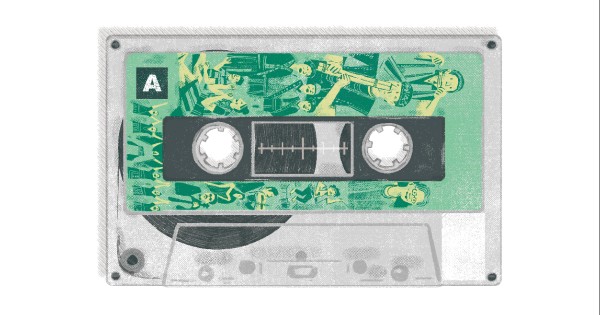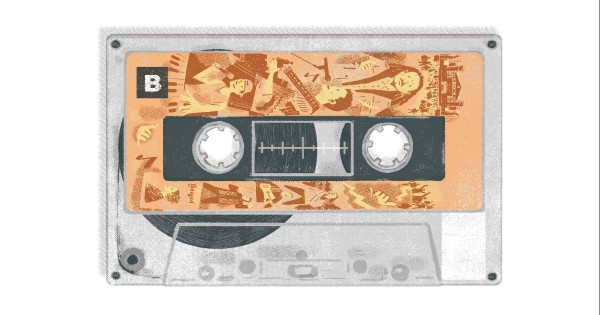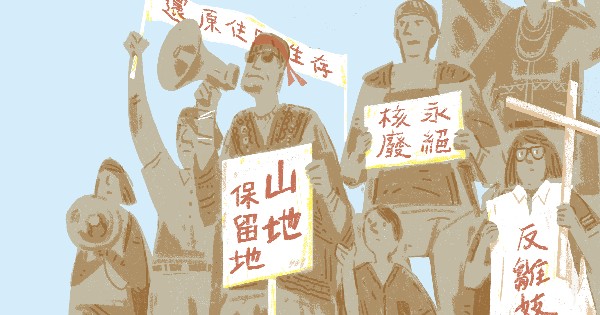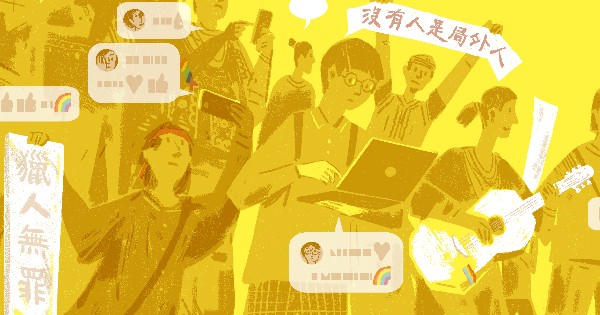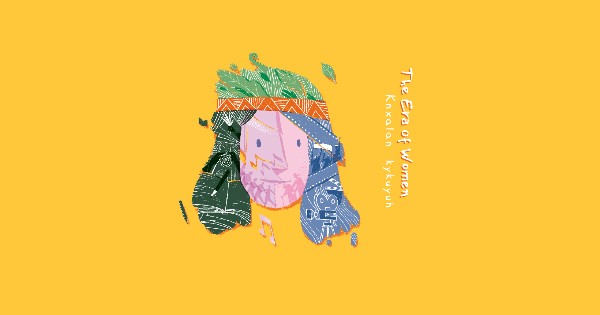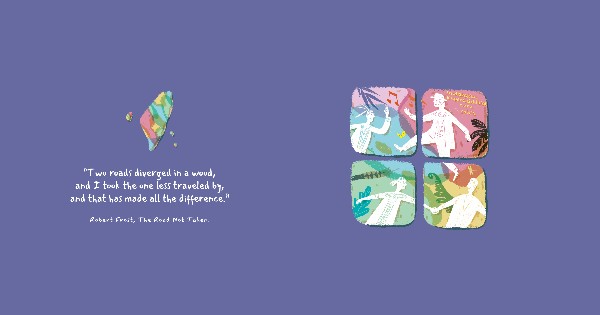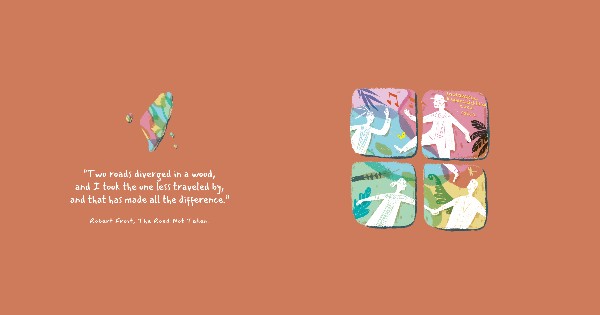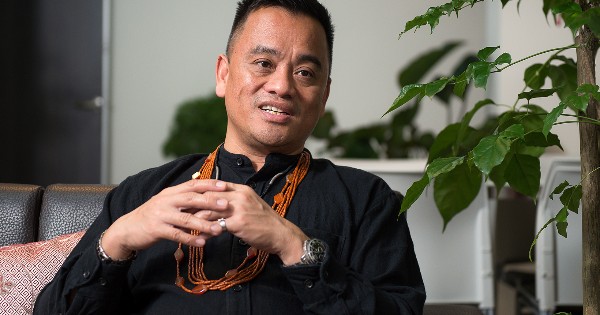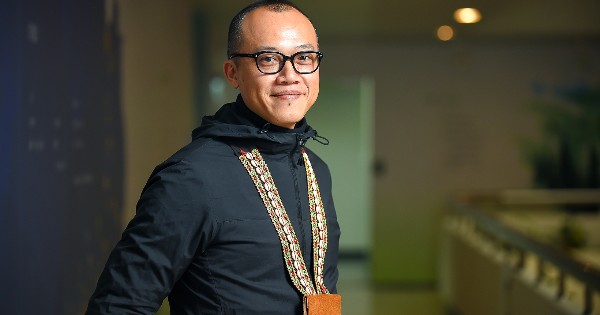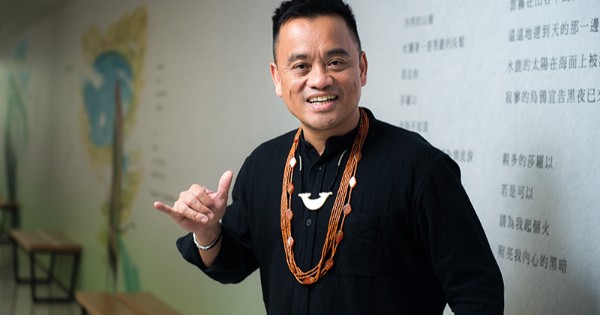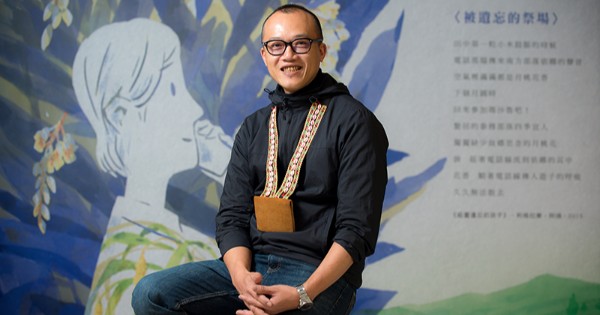2021-08-03
Sound, the Most Real Existence | rako a vatvatek: ngongyod a panovilan o izezyak
2021 Issue 32 Words from Publisher
For indigenous peoples, sound is an important vehicle to convey messages. karyag (a Tao musical get-together for rhythmic clapping and singing) is one such example, an event that was originally held to encourage single youths to meet. Participants sat around a working area, rhythmically clapping and singing a back-and-forth conversation to show off their vocal and lyrical skills. When the government constructed a large number of concrete buildings in the 1980s, these performance areas disappeared and karyag gradually fell into decline.
2021-08-03
Keeping Culture through Song | maqaquyash puil sa mita wa Thau a kazakazash
2021 Issue 32 Editorial
I started songwriting at age thirteen and released my first Thao-language album in 2017. At 24, I joined an Indigenous Music Society, where senior members led me to perform indigenous songs, and that was then I started singing on stage. These experiences influenced my feelings towards the different generations...
2021-06-24
do ili o nikapowan no mabnek aipacingosongoso a vazay | Social Movement from Community Subjectivity
2021 Issue 31 Words from Publisher
A key to the flourishing indigenous movement of the 1980s was a clear objective stemming from an ethnic perspective. Besides appealing to political power, activists of the previous generation interpreted the subjectivity of indigenous cultures....
2021-06-24
ya kahiza miniahala inai a thau a makakakri numa muhiaw sa malhinuna | Post-Indigenous Movement Era: Faster and Wider
2021 Issue 31 Editorial
Compared to the indigenous movement of 40 years ago, the current “post-indigenous movement era” has a completely different set of strategies and tools. Transmitting messages in the past was time-consuming and labor intensive, while today’s high-speed information flow through social media and access to the internet makes bringing issues to light and calling for mobilization much easier. By utilizing different social platforms, indigenous movements can gain recognition and attract support across a broad range of ethnic groups, making the discussion of indigenous issues more diverse...
2020-12-03
pangamizingan so ciricireng no kamavakesan
2020 Issue 29 Words from Publisher | A Platform for Women to Voice Their Opinions, Breaks Barriers.
The division of space in my hometown, the Orchid Island, is closely related to gender...
2020-12-03
binanau’az pu’apaw sa kushwit | Dazzling Woman Power
2020 Issue 29 Editorial
In indigenous communities, men traditionally assume the role of handling public affairs; women take care of the family...
2020-09-23
pinadnaden o amizingan so cireng no rarakeh aka no malalavayo a tao
2020 Issue 29 Words from Publisher | Establishment of the Middle Ground Views across Generations.
Traditional villages impose specific age rules and have their own systems to follow. It is always the village elders that provide opinions and make decisions on public affairs. However, when young people return to villages, they are faced with the predicament where they cannot voice their opinions freely...
2020-09-23
pu'kataunan sa parhaway a kushwit | Youthful Energy Pumps New Energy into Indigenous Communities
2020 Issue 29 Editorial
As the number of younger people returning to villages increases, a new force starts to form. The younger generation has come into contact with other groups within society, bringing back new ideas and fresh perspectives. Innovative approaches or solutions can then be derived when discussing issues in the villages. This youthful energy is front and center since it provides indigenous villages with a fresh impetus for a better development.
2020-06-21
ipipakatkat no pangaktoktowan o makakaday a iweywawalam no tao | Ritual Culture Unfolding Indigenous Knowledge System
2020 Issue 28 Words from Publisher
o iweywawalam no yancomin am miamoamoon a tengen no tao, a pangozayan do kabedbedan a pimasaodan no tao, makma so makdeng a vakong no koka, a patozakan so iweywawalam no tao, a patoawan so kararalay no ineynapo no kakoa. neymakdeng na am, o pipeypangayan no ya mapo do iweywawalam a aktokto no tao ya, na pacizagoman no maoran no karatayan, panaralayan, pimeymasaodan, madaday ori ya , kakepkepan no pangaktoktowan no tao no kakoa.
Indigenous rituals, which are accumulated wisdom, and have dictated everyday-life norms as binding as laws, have established the sanctity of ritualised......
2020-06-21
Pulalulau mathuaw antu pu’uka tmusuq a lalawa | Rituals are Age-old Commitments
2020 Issue 28 Editorial
mulalu munsai sa Thau, ya zain sa ishiiq, mzai sa shinyung amathuaw maqitan dai. numa mia’awan sa kataunan a thau a ininthawan. mamzai shduu mun’iutu sa mulalu masa apu’apu lhmituz, shduu mani pu’apaw ita munsai hudun numa Wazaqan masa pruq a shuqrum.
What rituals mean to indigenous peoples is something more than a series of actions taking place in a ceremony. They are beliefs, indicating the indigenous peoples’ outlook on the world and life. Rituals can not only help form a connection between our people and ancestors, but also show our reverence for mountains, sea, and land.
2020-04-27
ya mikepkep o vayo aka no adan a iweywawalam | Cultural Diversity when Old Merges with New
2020 Issue 27 Words from Publisher
sicyakwaya am, ya miparo o ya makeyras a da papoen no yancomin a apzapzatan, ori am ya pakacitan so mitaretarek a iweywawalam no yancomin. o tovil no asaka itetngehan a vatek am, ya rana nimiamoamoon do awawan o na kepkepan so nakenakem no makeykeylian, am da rana sazapen no tao o pininizpian sicyakwaya, ta da patneken o kaveyvohan a apzapzatan, yapia o akma sang a vazay, ta ipipakatkat no cicirawat no tao.
In recent years, there has been a great increase in indigenous peoples using creative and novel means to demonstrate our traditional culture, as a result of cultural diversity.
...
2020-04-27
tiakahiwan kazakazash numa faqlhu a saran | Novel Path to Cultural Awareness
2020 Issue 27 Editorial
isa Taiwaan mawalhnak a pruq manasha sa palhkakrikriw, numa sa parhaway shiminatantu malhkakrikriw, numa ya thuini a tikahiwan a kazakazash ya mriqaz, mawalhnak a pruq mathuaw maqarman tu shisasaz.
Approximately as high as fifty percent of Taiwan's indigenous population has flocked to urban areas. For those, the biggest challenge of preserving cultural heritage lies in the attitude of being accustomed to the status quo.
...
